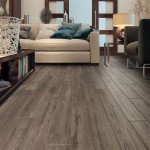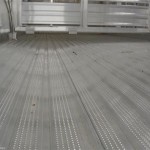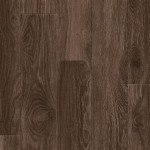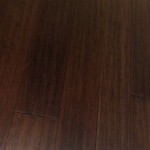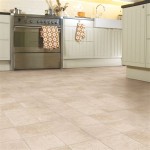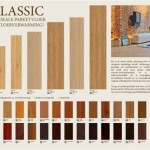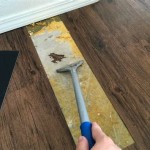Essential Aspects of Wood Used for Flooring
Wood is a timeless and versatile material that adds warmth, character, and durability to any space. When it comes to flooring, wood remains a popular choice for its aesthetic appeal, sustainability, and functionality. Understanding the essential aspects of wood used for flooring can help you make informed decisions to enhance the beauty and longevity of your floors.
1. Species:
The type of wood used for flooring significantly influences its appearance, durability, and cost. Common wood species for flooring include oak, maple, hickory, walnut, and cherry. Each species has unique characteristics, such as grain patterns, color tones, and hardness levels.
2. Hardness:
The hardness of wood is measured on the Janka scale. Harder woods are more resistant to scratches, dents, and wear, making them suitable for high-traffic areas. Softwoods, such as pine and fir, are less durable but can provide a cozy and rustic look.
3. Grain Pattern:
Wood grain patterns can vary widely, from straight grain to swirls and knots. Straight grain creates a clean and modern look, while wavy or knotty patterns add visual interest and character. The grain pattern also influences the appearance of the finish.
4. Finish:
The finish applied to wood flooring protects it from moisture, wear, and stains. Common finishes include polyurethane, oil-based, and water-based. Polyurethane provides a durable, glossy finish, while oil-based finishes penetrate the wood and enhance its natural color. Water-based finishes are eco-friendly and offer a more matte finish.
5. Installation:
The installation method can significantly impact the longevity and appearance of wood flooring. Floating floors can be installed quickly and easily, while nail-down floors provide a more secure and stable installation. Consider the subfloor type, traffic levels, and desired aesthetics when choosing an installation method.
6. Maintenance:
Regular maintenance is crucial to preserving the beauty and lifespan of wood flooring. Sweep or vacuum regularly to remove dirt and debris. Use appropriate cleaning solutions and avoid harsh chemicals. Refinish the floor as needed to restore its original luster and protect it from wear.
By understanding these essential aspects, you can make informed decisions about the wood used for flooring in your home. Consider the species, hardness, grain pattern, finish, installation, and maintenance requirements to create a flooring solution that meets your aesthetic, functional, and lifestyle needs.

Types Of Hardwood Flooring Forbes Home

Top 5 Kinds Of Wood Used For Hardwood Flooring The Urban Life

Wood Floors Ten Most Common Types Of Gemini Floor Services

Types Of Wood Flooring 101 Your Total Guide Floorings

What Type Of Plywood Is Used For Durable Flooring Precision

Hardwood Vs Engineered Wood Flooring Which Is Best For You Forbes Home

Types Of Hardwood Flooring Forbes Home

Top Ten N Hardwood Species Used For Timber Flooring

Top 10 N Hardwood Species Used For Timber Flooring

From Tree To Floor A Guide Common Types Of Wood Used In Household Floors
Related Posts

